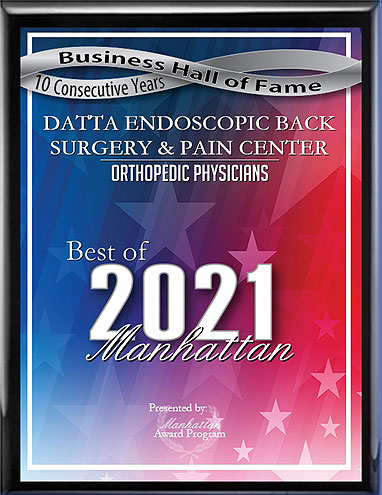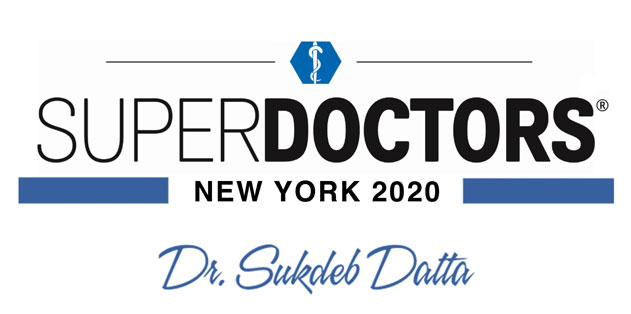Bulging discs are discs that have become flatter than usual, thus taking up a wider amount of space than usual. In some cases, the disc then presses against the spinal cord or nerve roots. Bulging discs can occur anywhere in the back, but they are most common in the lower back.
Causes & Symptoms
A bulging disc can be caused by several things. The most common cause is the simple effects of aging; over time, the discs lose fluid, and this makes them more prone to damage. In addition, a disc can occur suddenly as a result of trauma in an accident. The following groups are most prone to bulging discs:
Treatment
Usually, non-surgical treatment is the choice for bulging discs. The symptoms can often be relieved using chiropractic treatment, physical therapy, or anti-inflammatory medication. In the majority of cases, no further treatment is needed.
If conservative treatments fail, the disc may be treated surgically. Surgery addresses the root cause, but it is also more invasive than non-surgical treatments. Fortunately, bulging discs can be treated using minimally invasive laser spine surgery.
After treatment, patients can make permanent lifestyle changes to help reduce the risk of flare-ups. These include regular back stretches and exercise, weight loss, smoking cessation, and improved posture.
To schedule a consultation with a top bulging disc specialist, please click below or call the Datta Endoscopic Back Surgery and Pain Center at (646) 374-1799.
Causes & Symptoms
A bulging disc can be caused by several things. The most common cause is the simple effects of aging; over time, the discs lose fluid, and this makes them more prone to damage. In addition, a disc can occur suddenly as a result of trauma in an accident. The following groups are most prone to bulging discs:
- Pregnant women, who carry an unusually high amount of weight during pregnancy
- Obese people, whose backs bear more weight than they should
- Smokers, whose discs receive less oxygen and nutrients
However, a bulging disc can happen to anyone regardless of whether or not they seem to be at risk.
Treatment
Usually, non-surgical treatment is the choice for bulging discs. The symptoms can often be relieved using chiropractic treatment, physical therapy, or anti-inflammatory medication. In the majority of cases, no further treatment is needed.
If conservative treatments fail, the disc may be treated surgically. Surgery addresses the root cause, but it is also more invasive than non-surgical treatments. Fortunately, bulging discs can be treated using minimally invasive laser spine surgery.
After treatment, patients can make permanent lifestyle changes to help reduce the risk of flare-ups. These include regular back stretches and exercise, weight loss, smoking cessation, and improved posture.
To schedule a consultation with a top bulging disc specialist, please click below or call the Datta Endoscopic Back Surgery and Pain Center at (646) 374-1799.






 EDISCSCULPT
EDISCSCULPT



